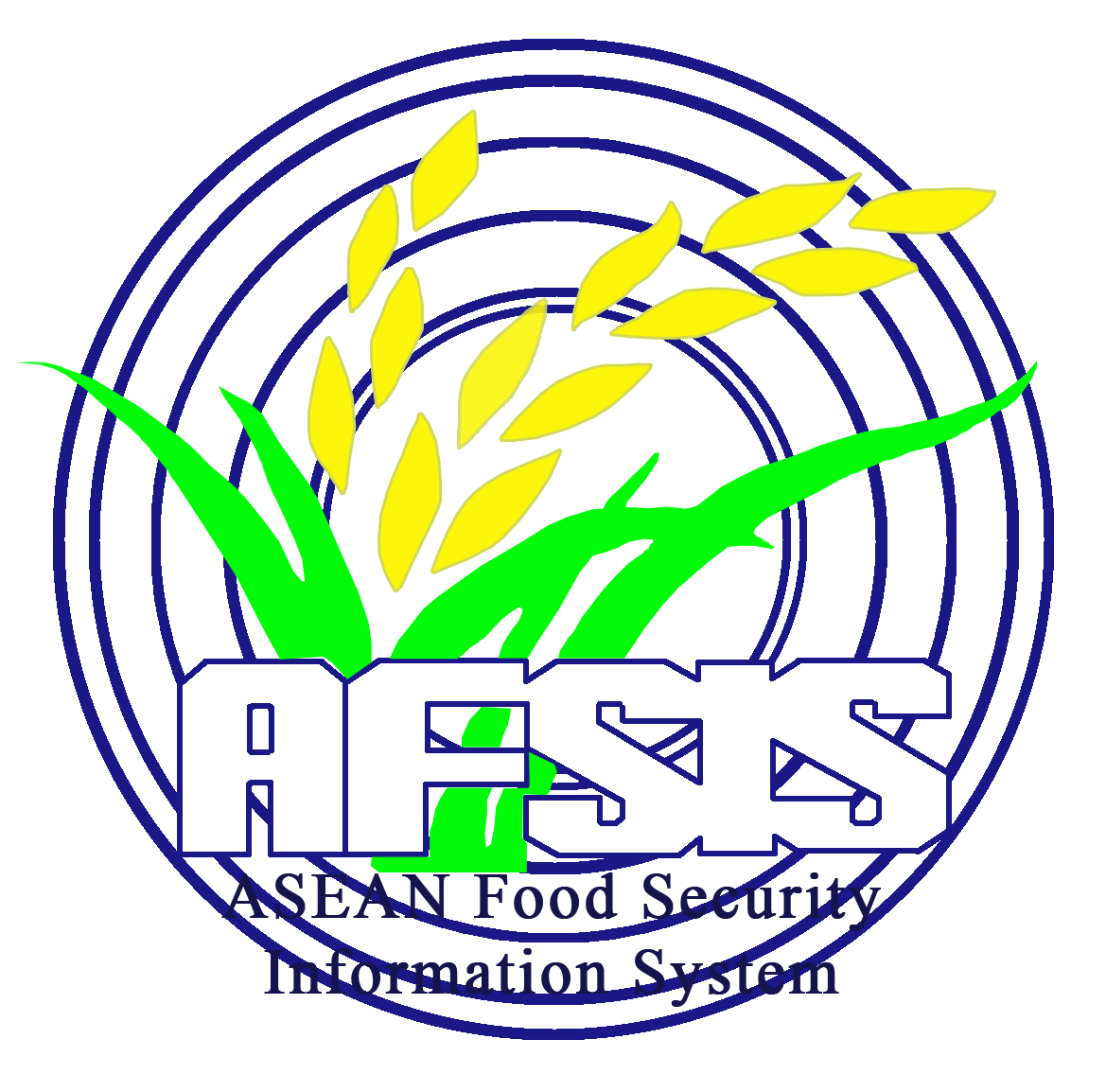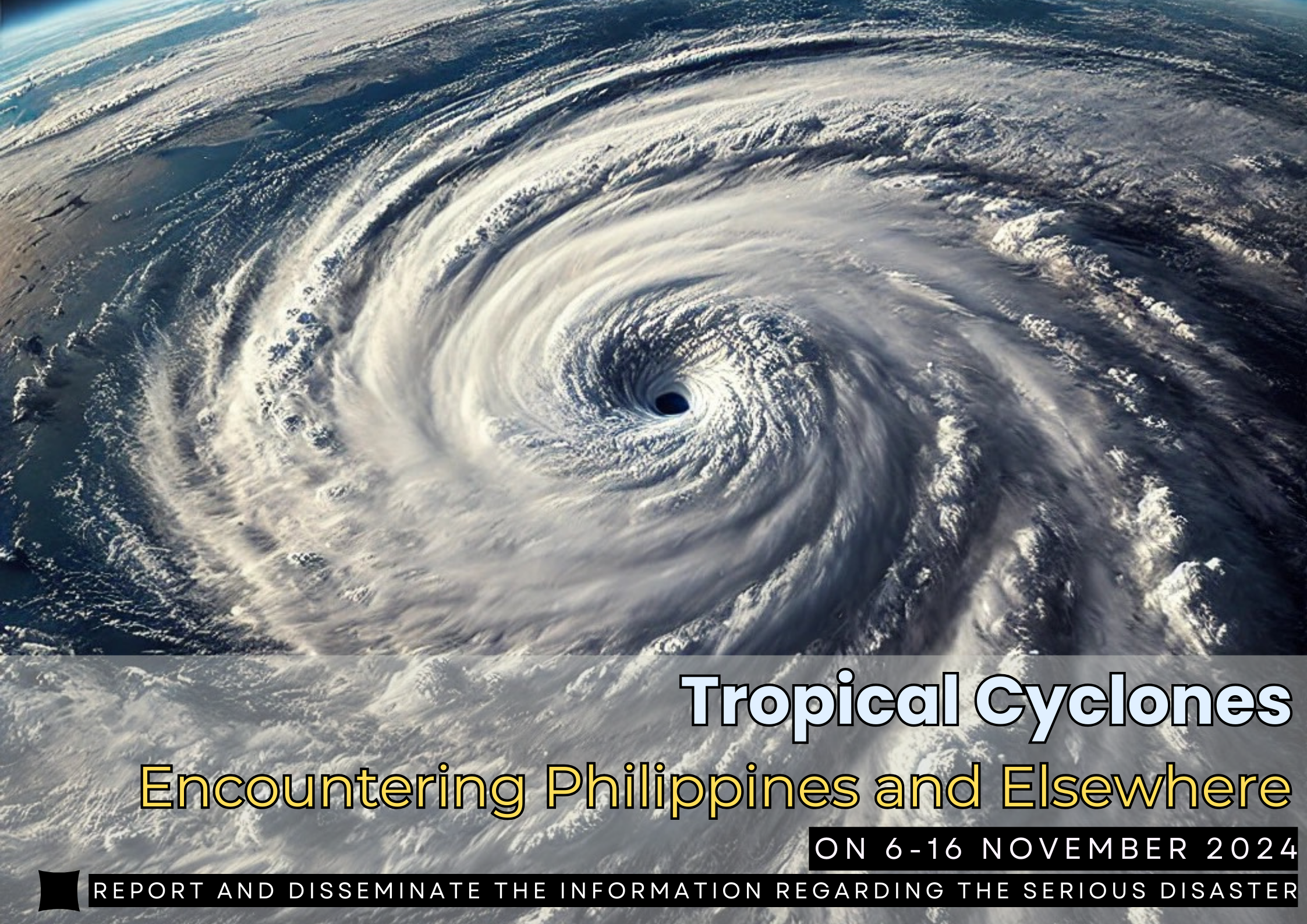.png)

Report and Disseminate the Information Regarding
the Serious Disaster
Earthquake in Abra, Philippines
July 2022
Source: Philippine Statistics Authority (PSA), Republic of the Philippines; Department of Agriculture (DA). The National Disaster Risk Reduction and Management Council (NDRRMC). The Department of Social Welfare and Development (DSWD)
References: https://ndrrmc.gov.ph/attachments/article/4192/SitRep_No_09_Magnitude_7_Earthquake_in_Tayum_Abra_2022.pdf
https://www.rappler.com/nation/list-countries-offering-aid-luzon-earthquake-july-2022/
https://www.pna.gov.ph/articles/1180165
https://www.pna.gov.ph/articles/1180484
https://www.pna.gov.ph/articles/1180444
https://www.unicef.org/press-releases/unicef-stands-ready-reach-children-affected-philippines-earthquake
Regarding the situation report from the National Disaster Risk Reduction and Management Council (NDRRMC), a Magnitude 7.0 earthquake struck the highland province of Abra on 27 July 2022, causing landslides and collapsing of structures. The earthquake’s epicenter was in the town of Tayum, Abra, with the plate tectonics felt in various intensities across Northwestern Luzon and its surrounding areas including Metro Manila.
On 28 July 2022, the provincial government of Abra declared a state of calamity, requesting immediate assistance from the national government for disaster response, relief, and support. According to NDRRMC, the total number of affected families has reached 109,009, equivalent to 421,728 persons, which are residents of barangays in the Ilocos, Cagayan Valley, and Cordillera regions. As of 2 August 2022, there are 163 roads and 11 bridges affected by the earthquake. One of the roads is assessed as not passable. A total of 48 cities/municipalities experienced power interruption/outage. Of which, power supply in all cities/municipalities was already restored. The estimated cost of damage to infrastructure of PHP 1,252,288,371.81 was incurred in Region 1, Region 3, Cordillera Administrative Region (CAR), and National Capital Region (NCR).
According to the Department of Agriculture (DA), the recorded damage of the recent earthquake to agriculture reached PHP 15,264,476. All of which were consisted of Abra. A total of 50 agricultural infrastructure including irrigation systems, farm-to-market roads, and farm structures account for the total cost of damage to agriculture. Tons of vegetables from the region are sold daily to Metro Manila and other parts of the country. However, the transportation of these produces is still unhampered as major roads are being cleared and reopened. The damage to irrigation systems is estimated at around PHP22.7 million in both Ilocos and Cordillera, while the infrastructure damage has reached PHP1.27 billion in several areas including Ilocos, Cagayan Valley, Central Luzon, Cordillera, and the National Capital Region.
Regarding the countermeasures or policies to encounter this situation, both national and local governments have provided relief to the affected households. On 29 July 2022, the Department of Agriculture (DA) deploys Kadiwa on wheels to distribute highland vegetables to affected residents in Ilocos Region and Abra. Moreover, the Department of Agriculture coordinated with concerned National Government Agencies (NGAs), Local Government Units (LGUs), and other Disaster Risk Reduction and Management (DRRM) related offices regarding the impact of the phenomenon, as well as available resources for interventions and assistance. DA-CAR is currently conducting an ongoing consolidation of damage to agriculture and a price monitoring of agricultural commodities. There were no reported irregularities or drastic changes in prices and volume of agricultural commodities.
The Department of Social Welfare and Development (DSWD) has also set the safe spaces in the evacuation center for Internally Displaced People (IDPs) affected by the earthquake and released a total of 41,000 family food packs and non-food items to field offices in the Cordillera and Ilocos Regions. Furthermore, the government Search, Rescue, and Retrieval Cluster led by the military also deployed 55 Urban Search and Rescue teams to support rescue and clearing operations.
In terms of international support, on Tuesday, Foreign governments provide emergency assistance to aid relief efforts after a magnitude 7 earthquake strikes Abra province on July 27. The following are the compiled list of received foreign aid from foreign governments, different embassies, and international organizations:
Japan
On Friday, July 29, the Japanese government said it provided the following emergency relief goods through the Japan International Cooperation Agency, upon the request of the Philippine government which are Generators, Portable jerry cans, Tents, Sleeping pads, and Plastic sheets.
China
The Chinese government said on Friday, July 29, it was providing P10 million worth of emergency supplies to affected areas, along with the Philippines Chinese Chamber of Commerce and Industry Inc. Aside from this, the Chinese Enterprises Philippines Association also prepared P3.4 million worth of relief bags.
United States
The United States, through the US Agency for International Development and the International Organization for Migration, provided 3,000 shelter-grade tarps to support relief efforts.
European Union
The EU Commission on Civil Protection and Humanitarian Aid said on Thursday, July 28, that its Copernicus satellite would aid in producing maps of Laoag, Bantay, and Dolores to help assess the extent of damage in the areas.
Australia
Australia, through the Ambassador, said it was monitoring the situation following the earthquake and keeping in contact with the Philippine government and partners to assess needs. It was also said that they are prepared to respond if needed.
UNICEF
As National Disaster Resilience Month in July comes to a close, the earthquake is a stark reminder of the need to continuously improve emergency preparedness and disaster risk reduction in the Philippines – a country that is prone to typhoons, earthquakes, and volcanic eruptions. UNICEF advocates for child-centered disaster risk reduction and placing children at the center of emergency preparedness and response efforts. UNICEF’s prepositioned emergency supplies are on standby to support the Government’s relief efforts and our teams are ready to be deployed to reach children and families in the affected areas. (UNICEF, 2022)
Download the word file click here --> Earthquake in Abra

In late November and early December 2024, Malaysia and southern Thailand experienced severe flooding and heavy rainfall, which caused widespread damage, including landslides and agricultural devastation. In Malaysia, 25 districts across seven states were severely impacted, with households evacuated and extensive flooding reported. Similarly, southern Thailand experienced heavy rains and flash flooding, particularly in provinces affecting over 136,000 households. The floods severely damaged agricultural sectors, with significant losses in paddy rice and other crops, amounting to millions of dollars in damages in both countries. In response, both nations initiated emergency measures, including providing aid and conducting damage assessments. Malaysia focused on intensive assistance to affected households, while Thailand mobilized a range of relief efforts, including specialized equipment and emergency vehicles, to support flood-stricken regions. The agricultural losses in both countries highlight the critical need for improved disaster preparedness and more resilient agricultural systems.

The tropical cyclones that impacted the Philippines in November 2024, including Yinxing, Oraji, Usagi, and Man-Yi, have caused widespread devastation across several provinces, resulting in heavy rainfall, severe winds, flooding, and significant agricultural damage. These storms have left communities grappling with extensive losses, including damaged crops, disrupted livelihoods, and displacement. Despite the severe impacts, the government of the Philippines, along with international aid from neighboring countries and global partners, has mobilized resources for relief and recovery. The ongoing efforts to assist those affected highlight the resilience of the Filipino people and the importance of continued preparedness in the face of natural disasters.

On 26-27 November 2024, Dr. Sumanya Ngandee, the AFSIS Manager, participated in the 30th session of the Asia-Pacific Regional Space Agency Forum (APRSAF-30), held in Perth, Australia. This event was co-organized by the Australian Space Agency (ASA), the Ministry of Education, Culture, Sports, Science and Technology (MEXT) of Japan, and the Japan Aerospace Exploration Agency (JAXA). The forum's focus was to bring together stakeholders from various space agencies in the Asia-Pacific region to address pressing regional issues through space-based solutions.

On Sunday, November 3, 2024, at 22:57 WITA, Mount Lewotobi Laki-Laki, one of Indonesia’s 120 active volcanoes, erupted on the island of Flores in East Nusa Tenggara province, The eruption, lasting 24 minutes (1,450 seconds), was recorded with a massive amplitude of 47.3 mm. According to Indonesia's National Disaster Management Agency, a strong eruption sent ash up to 2,000 meters (6,500 feet), affecting over 10,000 people. Smaller eruptions followed on November 5-6. In response, the Center for Volcanology and Geological Hazard Mitigation (PVMBG) raised the volcano’s alert status to “Awas” (Level IV), indicating a high danger level.
Visitor Info 322246 | Today 145 | Yesterday 288 | This week 2904 | This Month 9518 | Total 322246
Copyright 2017. ASEAN Plus Three
Food Security Information System Rights Reserved.